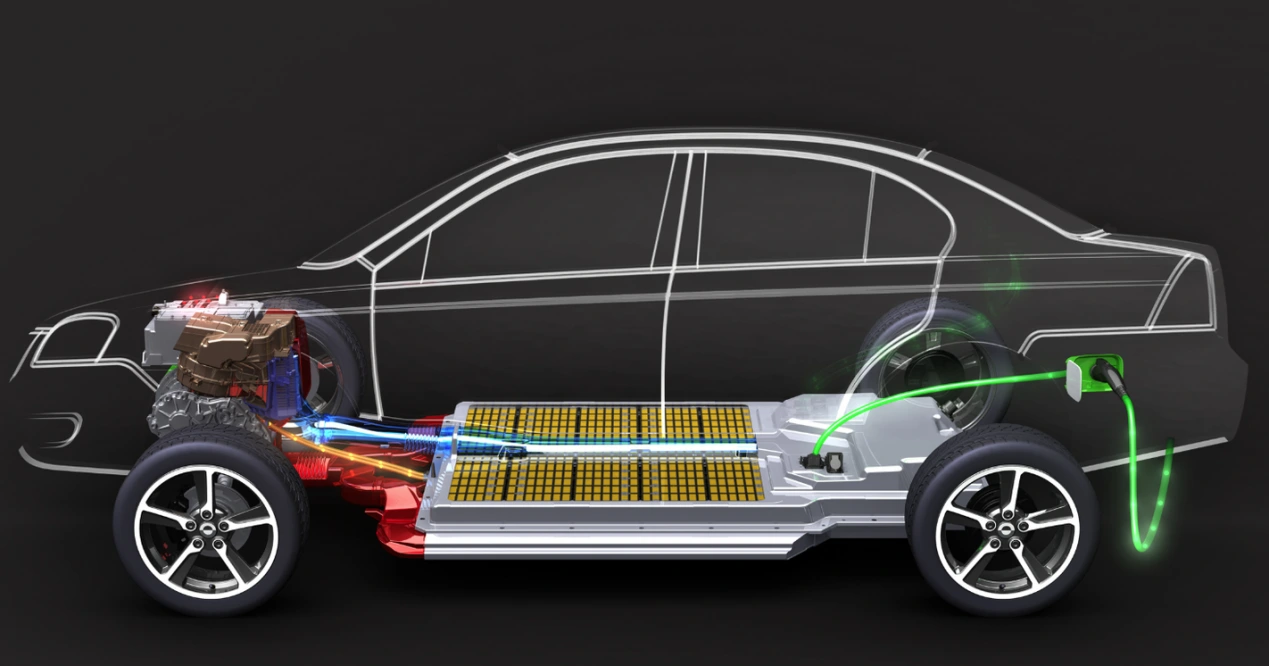In the ever-evolving landscape of smartphones, the debate between Android and iPhone users continues to be a hot topic. While Apple’s iPhone has long been synonymous with premium quality and user experience, several Android phones have emerged that not only match but often exceed the capabilities of the iPhone. This article delves into the features, specifications, and overall value of select Android devices that are considered superior to the iPhone, providing a comprehensive guide for consumers looking to make an informed decision.
Performance and Hardware
When it comes to raw performance, many Android phones are equipped with cutting-edge hardware that can rival or surpass the iPhone. For instance, devices like the Samsung Galaxy S23 Ultra and Google Pixel 7 Pro are powered by the latest Snapdragon and Tensor chipsets, respectively. These processors not only offer superior multitasking capabilities but also enhance gaming performance and energy efficiency.
The Galaxy S23 Ultra, with its 12GB of RAM and up to 1TB of storage, provides an unparalleled experience for power users. In contrast, the iPhone 14 Pro Max, while impressive, offers a maximum of 6GB of RAM and 1TB of storage, which may not suffice for users who require extensive multitasking or storage for high-resolution media.
Display Technology
Display quality is another critical factor where many Android phones excel. The Samsung Galaxy S23 Ultra features a stunning 6.8-inch Dynamic AMOLED 2X display with a resolution of 3088 x 1440 pixels, offering vibrant colors and deep blacks. The 120Hz refresh rate ensures smooth scrolling and an immersive gaming experience. In comparison, the iPhone 14 Pro Max has a 6.7-inch Super Retina XDR display, which, while impressive, does not quite match the brightness and color accuracy of Samsung's flagship.
Moreover, the flexibility of Android allows for a variety of display technologies across different brands. For example, the OnePlus 11 also boasts a 120Hz Fluid AMOLED display, providing users with options that cater to their preferences for screen quality and performance.
Camera Capabilities
Photography enthusiasts often seek the best camera technology available in smartphones. The Google Pixel 7 Pro has garnered acclaim for its computational photography capabilities, producing stunning images with remarkable detail and color accuracy. Its advanced AI algorithms enhance low-light performance and portrait shots, making it a favorite among photography aficionados.
While the iPhone 14 Pro Max features a robust camera system with impressive video capabilities, the Pixel 7 Pro’s software-driven approach often results in superior still images, particularly in challenging lighting conditions. Additionally, the versatility of Android devices allows for a wider range of camera configurations, such as the Xiaomi 13 Pro, which boasts a 50MP main sensor and advanced zoom capabilities.
Customization and User Experience
One of the most significant advantages of Android over iPhone is the level of customization available to users. Android’s open-source nature allows for a variety of user interfaces, themes, and app launchers, enabling users to tailor their devices to their preferences. The Samsung One UI and OxygenOS from OnePlus are prime examples of how manufacturers enhance the Android experience, offering unique features and aesthetics that cater to diverse user needs.
In contrast, iOS is known for its uniformity and simplicity, which can be limiting for users who prefer a more personalized experience. The ability to customize widgets, app layouts, and even system settings on Android devices provides a level of flexibility that many users find appealing.
Battery Life and Charging Options
Battery performance is a crucial aspect of any smartphone, and many Android devices excel in this area. The Asus ROG Phone 6, for instance, features a massive 6000mAh battery, ensuring extended usage without frequent recharging. Additionally, it supports fast charging and reverse wireless charging, providing users with versatile charging options.
While the iPhone 14 Pro Max offers decent battery life, it often falls short in comparison to its Android counterparts, particularly in terms of charging speed and capacity. The ability to swap batteries or use external power banks is another advantage that Android devices offer, catering to users who require extended usage during travel or long workdays.
Conclusion: The Android Advantage
In conclusion, while the iPhone remains a formidable contender in the smartphone market, several Android devices offer features and specifications that can be considered superior. From performance and display technology to camera capabilities and customization options, Android phones like the Samsung Galaxy S23 Ultra, Google Pixel 7 Pro, and Asus ROG Phone 6 provide compelling alternatives for consumers seeking the best mobile experience.

More Stories
Performance, Application Scenarios and Selection of External Panel Materials for Outdoor Mobile Shelters
5 Game-Changing Tips to Supercharge Your Home Theater with a Universal Projector Remote
High-Efficiency Automotive Power MOSFETs Optimized for Electric and Hybrid Vehicles’ Powertrain Systems